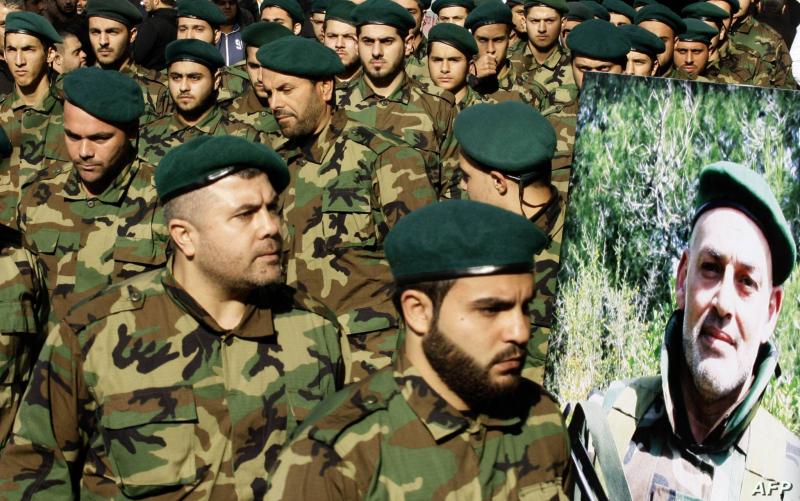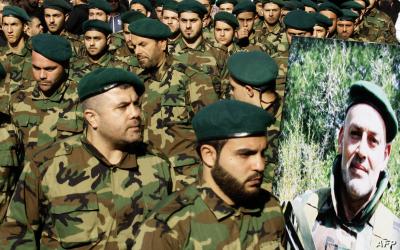Israel's assassination tactics seem clearer in Lebanon than in Gaza, compelling Hezbollah to consider establishing new rules of engagement to prevent the assassination of its cadres and members, as Tel Aviv does. It is evident that Israel has crossed all red lines in its war against Hezbollah by bombing the southern suburbs of Beirut and assassinating leaders of Hamas (from the political bureau and Al-Qassam Brigades) after a series of assassinations targeting Hezbollah personnel and leaders inside their homes and in their cars deep in the southern front.
Informed sources indicate that Netanyahu is enhancing his performance and aggressions, increasingly utilizing air power, drones, and phosphorus bombs to inflict maximum damage on Hezbollah and its surroundings, as well as southern regions and their forests. Israeli circles confirm that losses on the northern border have reached $1.6 billion due to Hezbollah's initiation of the war in "support of Gaza," which caused the displacement of more than 100,000 settlers. Meanwhile, Israeli airstrikes have destroyed about 2,000 homes in southern Lebanon, with additional losses estimated at approximately $100 million and the displacement of 79,000 people.
However, the challenge lies in Hezbollah's reaction to Israeli assassinations: striking the air control and command base in Miron and the Safed command and control base with large missiles or suicide drones will not halt Israel's painful strikes and continued assassinations, which put the party in a position that necessitates finding a new equation to enforce rules of engagement and prevent ongoing assassinations of its members and leaders.
If Hezbollah deepens its strikes on sites within Israeli territory - as it occasionally does - the Israeli army retaliates and conducts harsher strikes deep in Lebanon without ceasing to target individual objectives and assassinate members of the party. The more the party escalates its destructive capacity, the more Israel responds, often following up with painful strikes in several areas that face extensive destruction.
Israel targets operatives and leaders of the special infantry units of the "Radwan Brigade," as well as members of the missile units responsible for the daily bombardments they endure. Since Hezbollah opened fire on Israel on October 8, supporting Gaza, Israel has assassinated 31 members and leaders of the party in their homes after returning from Israeli bombardments or within private and public transport, as they are aware, through intelligence, of their affiliation with various missile units.
The "Resistance Axis" has learned through detaining collaborators over the past years, as well as prisoners and interrogating them, that Tel Aviv seeks detailed information about every house, street, and village in Lebanon where the resistance environment and its personnel are located. They have previously breached Lebanese communications data and possess the capability to infiltrate WhatsApp in all its details, allowing them to implant the spyware "Pegasus" to intercept voice conversations and exchanged messages and determine locations.
Due to Israel's technological capability, it has the phone numbers and all devices surrounding the targets it needs. Consequently, the absence of the targeted official carrying a smart communication device that Israel can breach does not exempt them from danger; they can infiltrate the communication devices of family members who do not abandon communication means which allow tracking.
Thus, the security measures that Hezbollah has imposed on its leaders and members have limited results due to the precise tracking of these individuals and the knowledge of their life details and movements, regardless of the precautions they take. Additionally, one should not underestimate the human espionage element recruited by Tel Aviv in areas it considers hostile, which guarantees a wealth of targets.
U.S. Secretary of State Antony Blinken states that "it is not in anyone's interest for the escalation to continue," referring to his country's stance as well as that of supporting resistance entities for Gaza. However, Netanyahu, who has become weaker but more ferocious, has an interest in prolonging the war and remaining in power until a U.S. president like Donald Trump, who would accept the eradication of the Palestinian presence in Gaza, comes to office, contrary to President Joe Biden's administration.
Therefore, Israel possesses multiple tools to maintain a costly combat status for Gaza and Hezbollah, capable of ending ground military operations while sustaining special operations and avoiding direct confrontation with Hamas and Hezbollah, transforming Gaza and southern Lebanon into uninhabited military zones and capturing leaders and individuals with minimal losses instead of exhausting its army in the sector and southern Lebanon.
Ultimately, what Netanyahu seeks is to leave a mark behind him for all Middle Eastern countries and organizations that contemplate striking Israel in the future, showing them the extent of the devastation that could befall them if they believe that the events of October 7 can be repeated. This drives the Prime Minister to consider a tactical withdrawal from Gaza after concluding military operations in the south while keeping air power on alert, particularly the suicide drones specialized in carrying assassination missiles and escalating air operations as former President Barack Obama did in Afghanistan against al-Qaeda.
Thus, the "Resistance Axis" must find a new equation to attempt to redraw red lines and enforce a deterrent balance or prepare for additional measures to mitigate human losses, which provide Netanyahu with some doses of victory he needs to counter claims from Israeli officials, such as opposition leader Yair Lapid, that "Netanyahu is no longer qualified to lead the war and Israel."




